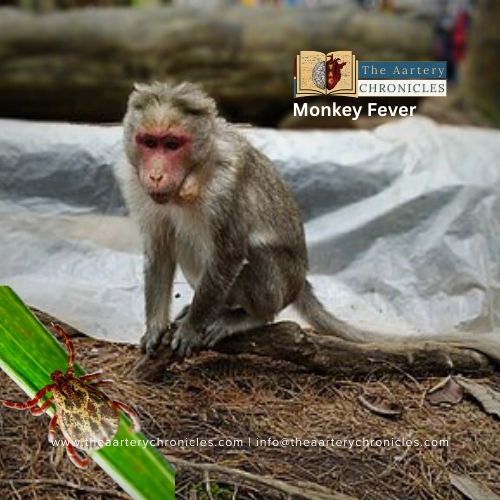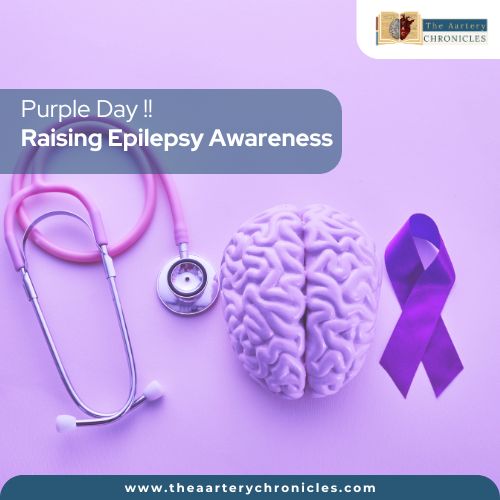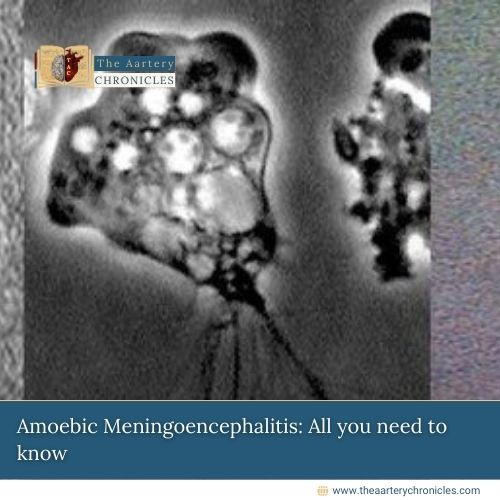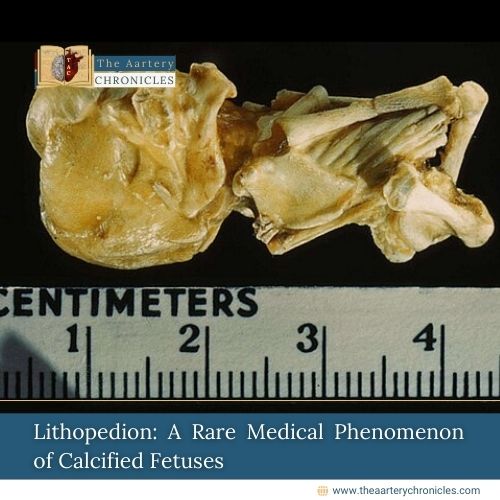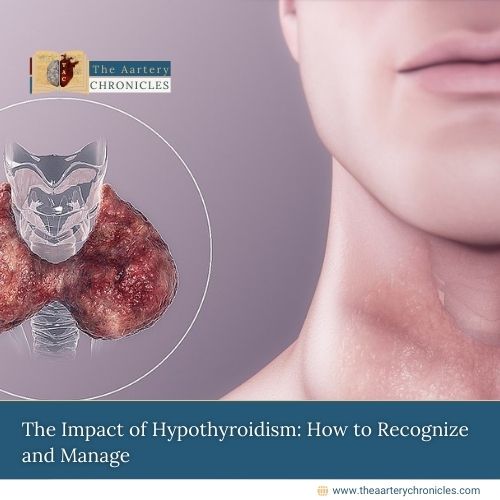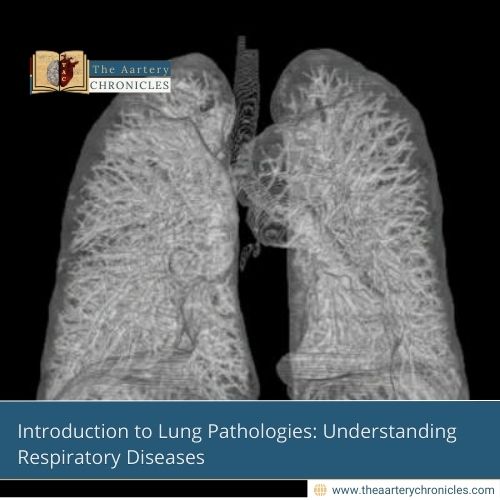

Introduction to Lung Pathologies: Understanding Respiratory Diseases
Excerpt
Lung pathologies encompass a wide range of diseases that impair respiratory function, affecting millions worldwide. From infections like pneumonia to chronic conditions such as chronic obstructive pulmonary disease (COPD) and lung cancer, these disorders pose significant health risks. Understanding their causes, symptoms, and treatments is crucial for prevention and management.
1. Definition
Lung pathologies are any disease or disorder affecting the lungs and respiratory system, ranging from acute infections to chronic and progressive conditions. If left untreated, these diseases can impair gas exchange, lung compliance, airway resistance, and pulmonary circulation, leading to hypoxia, respiratory distress, and organ failure.
Lung diseases are broadly classified into:
- Obstructive Lung Diseases – Conditions that block airflow (e.g., COPD, asthma, bronchitis).
- Restrictive Lung Diseases – Conditions that reduce lung expansion (e.g., pulmonary fibrosis, sarcoidosis).
- Infectious Diseases – Caused by bacteria, viruses, or fungi (e.g., pneumonia, tuberculosis).
- Neoplastic Diseases – Tumours or cancers originating in the lung (e.g., lung carcinoma, mesothelioma).
- Vascular Disorders – Affect pulmonary circulation (e.g., pulmonary embolism, pulmonary hypertension).
2. Pathology
A. Infectious Lung Diseases
- Pneumonia – Inflammation of the alveoli due to bacterial, viral, or fungal infections.
- Tuberculosis (TB) – Chronic infection caused by Mycobacterium tuberculosis, leading to granuloma formation.
- Lung Abscess – Localised pus-filled cavities within lung tissue, often due to aspiration pneumonia.
B. Obstructive Lung Diseases
- Chronic Obstructive Pulmonary Disease (COPD) – A progressive disorder caused by smoking, pollution, and genetic factors that leads to chronic inflammation and airflow limitation.
- Asthma – A reversible airway obstruction characterised by bronchoconstriction, mucus hypersecretion, and airway inflammation.
- Bronchiectasis – Permanent dilation of bronchi due to chronic infections and inflammation.
C. Restrictive Lung Diseases
- Pulmonary Fibrosis – Chronic scarring of lung tissue, leading to reduced lung compliance and impaired gas exchange.
- Sarcoidosis – An inflammatory disease that forms granulomas in the lungs, often of autoimmune origin.
D. Vascular Lung Diseases
- Pulmonary Embolism (PE) – A life-threatening condition where a blood clot blocks pulmonary arteries, causing acute respiratory distress.
- Pulmonary Hypertension – Increased pressure in the pulmonary arteries, leading to right heart failure.
E. Neoplastic Lung Diseases
- Lung Cancer – Uncontrolled growth of malignant cells, classified into Non-Small Cell Lung Cancer (NSCLC) and Small Cell Lung Cancer (SCLC).
- Mesothelioma – A rare cancer associated with asbestos exposure, affecting the lung’s pleural lining.
3. Symptoms and Signs
Lung pathologies can present with a wide range of symptoms depending on the underlying disease:
- Cough (Chronic or Acute) – Common in infections, COPD, and lung cancer.
- Dyspnea (Shortness of Breath) – Seen in pneumonia, pulmonary embolism, and restrictive lung diseases.
- Wheezing – Characteristic of asthma and COPD.
- Chest Pain – Present in pulmonary embolism, lung cancer, and pleurisy.
- Hemoptysis (Coughing Up Blood) – Common in tuberculosis, lung cancer, and bronchiectasis.
- Fatigue and Weight Loss – Associated with chronic conditions like lung cancer and tuberculosis.
4. Diagnosis
The diagnostic approach varies based on the suspected lung pathology:
- Imaging:
- Chest X-ray – First-line investigation for pneumonia, TB, and lung masses.
- CT Scan – Provides detailed lung visualisation for cancer, fibrosis, and PE.
- MRI – Used for mediastinal tumours and vascular diseases.
- Pulmonary Function Tests (PFTS):
- Measures lung capacity, airflow limitation, and gas exchange efficiency.
- Bronchoscopy:
- Direct visualisation of airways to diagnose lung cancer, TB, and infections.
- Sputum Culture and Blood Tests:
- Detects bacterial, viral, and fungal infections.
- Biopsy:
- Confirms lung cancer, sarcoidosis, and interstitial lung diseases.
5. Treatment and Management
A. Medications
- Antibiotics – Used for bacterial pneumonia and TB (e.g., Rifampicin, Isoniazid).
- Bronchodilators – Relieve airway constriction in asthma and COPD (e.g., Salbutamol, Ipratropium).
- Corticosteroids – Reduce lung inflammation (e.g., Prednisone, Budesonide).
- Anticoagulants – Prevent clot formation in pulmonary embolism (e.g., Heparin, Warfarin).
B. Oxygen Therapy
- Used in severe COPD, pneumonia, and pulmonary fibrosis to improve oxygenation.
C. Surgery
- Lobectomy/Pneumonectomy – Removal of cancerous lung tissue.
- Lung Transplant – Considered in end-stage lung diseases.
D. Pulmonary Rehabilitation
Exercise training, breathing techniques, and lifestyle modifications help improve lung function in COPD and fibrosis.
6. When to See a Doctor
Immediate medical attention is required if a patient experiences:
- Severe shortness of breath or difficulty breathing.
- Persistent cough lasting more than three weeks.
- Unexplained weight loss, night sweats, or chronic fatigue.
- Chest pain that worsens with breathing or coughing.
- Coughing up blood (hemoptysis).
- Bluish skin (cyanosis) indicates low oxygen levels.
7. Statistical Data on Lung Diseases
- Lung cancer is the leading cause of cancer-related deaths worldwide, with 2.2 million new cases annually (WHO, 2023).
- COPD affects over 300 million people globally and is the third leading cause of death (Global Burden of Disease Study, 2022).
- Pneumonia accounts for 2.5 million deaths annually, making it a leading cause of mortality in children under five and the elderly (WHO, 2022).
- Pulmonary embolism has a mortality rate of 10-30% if left untreated (American Heart Association, 2023).
8. Clinical Case Study
Case: A 65-year-old male smoker presents with chronic cough, weight loss, and hemoptysis. A CT scan reveals a spiculated mass in the upper lobe of the right lung. Biopsy confirms squamous cell carcinoma (NSCLC). He undergoes chemotherapy and radiation therapy with symptomatic relief, but later develops metastases to the brain. The case highlights the importance of early detection and smoking cessation in lung cancer prevention.
Conclusion
Lung pathologies represent a broad spectrum of diseases with significant morbidity and mortality. Early diagnosis, prompt treatment, and lifestyle changes—including smoking cessation and pollution control—are essential in managing respiratory diseases. Continued research and advancements in targeted therapy and immunotherapy offer hope for improved patient outcomes.
References
- World Health Organisation (WHO) – Global Lung Disease Statistics (2023).
- American Lung Association – Pulmonary Disease Facts (2023).
- Global Burden of Disease Study – Respiratory Disease Report (2022).

Author
Dr Darshit Jagdish Patel


